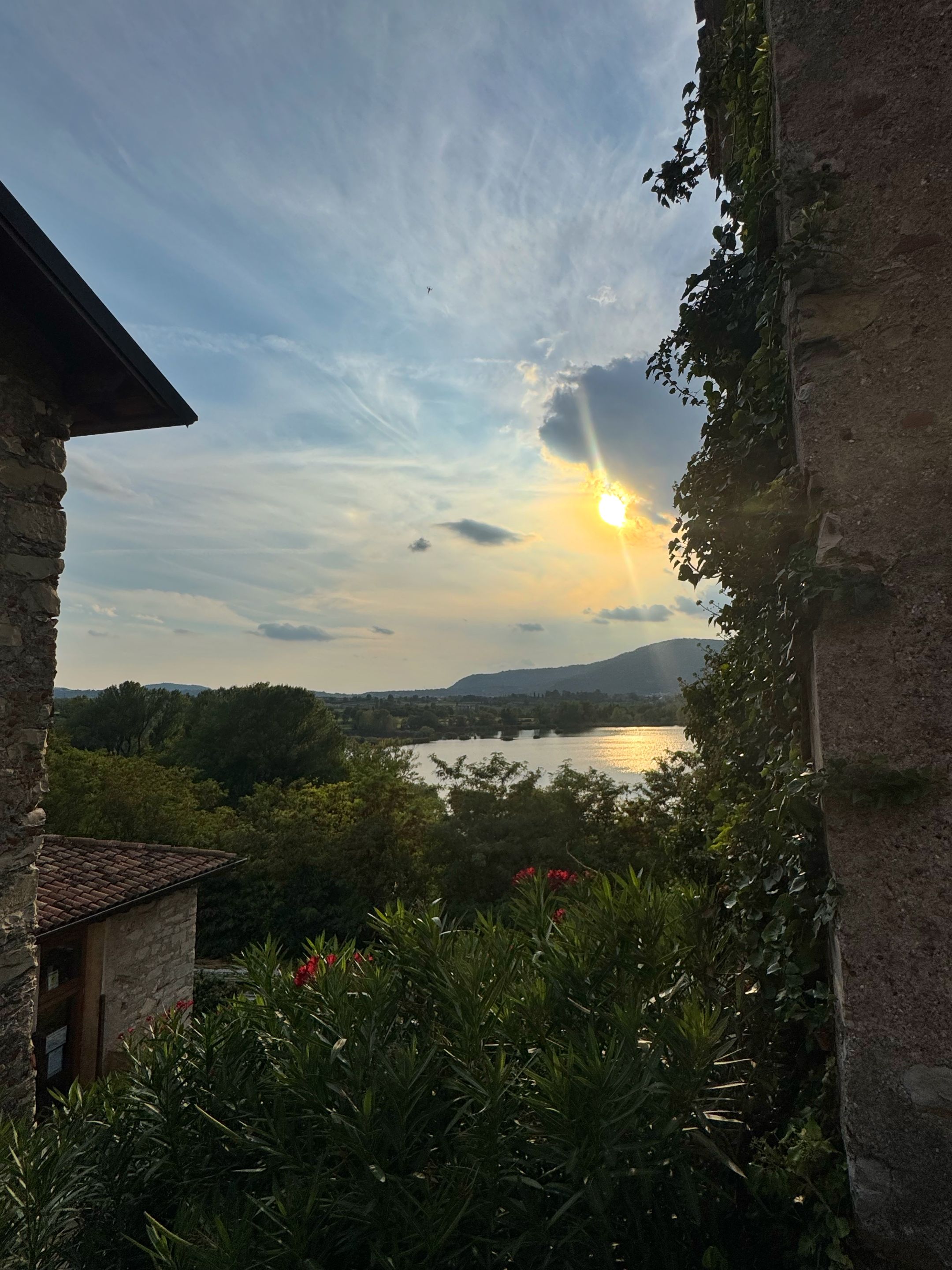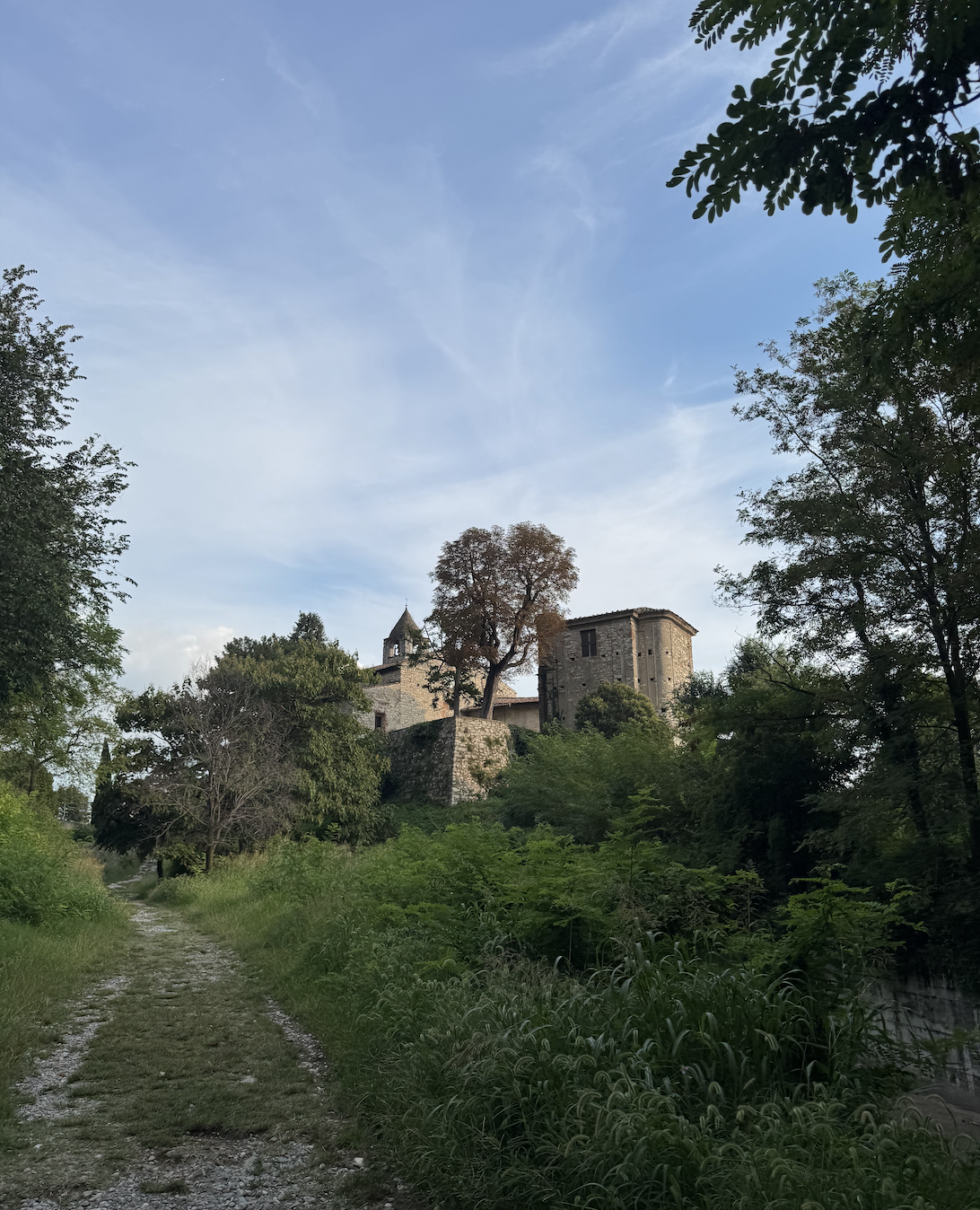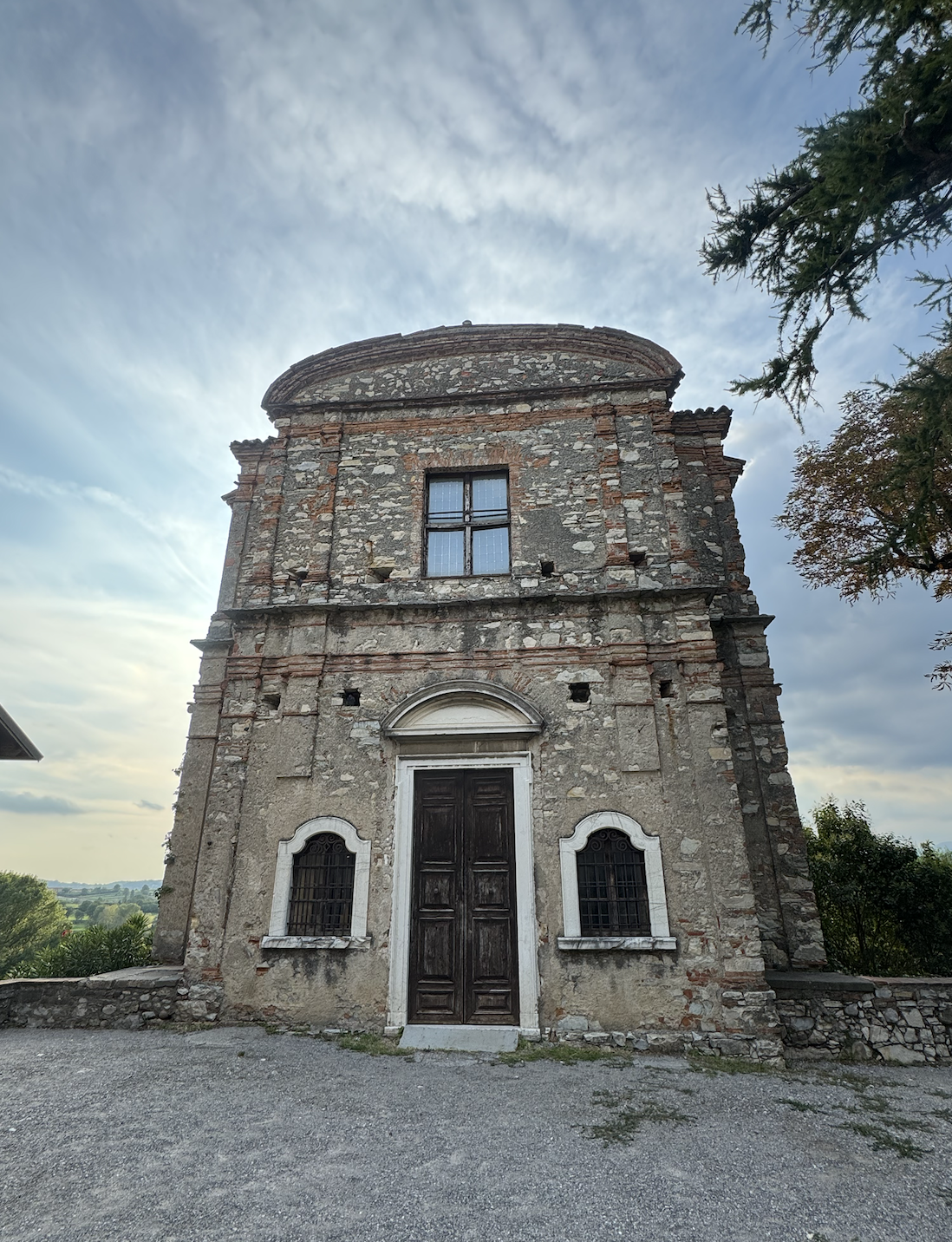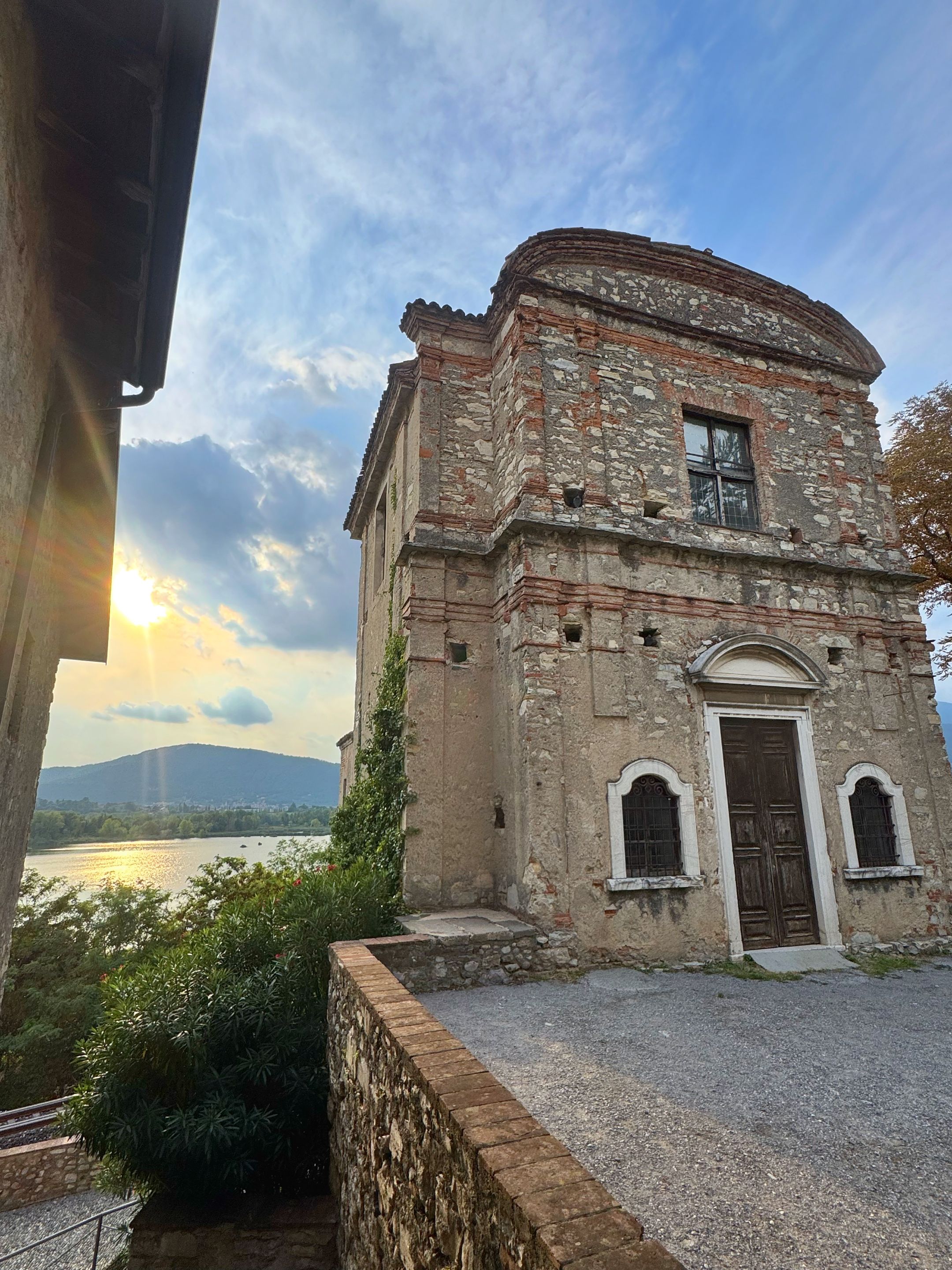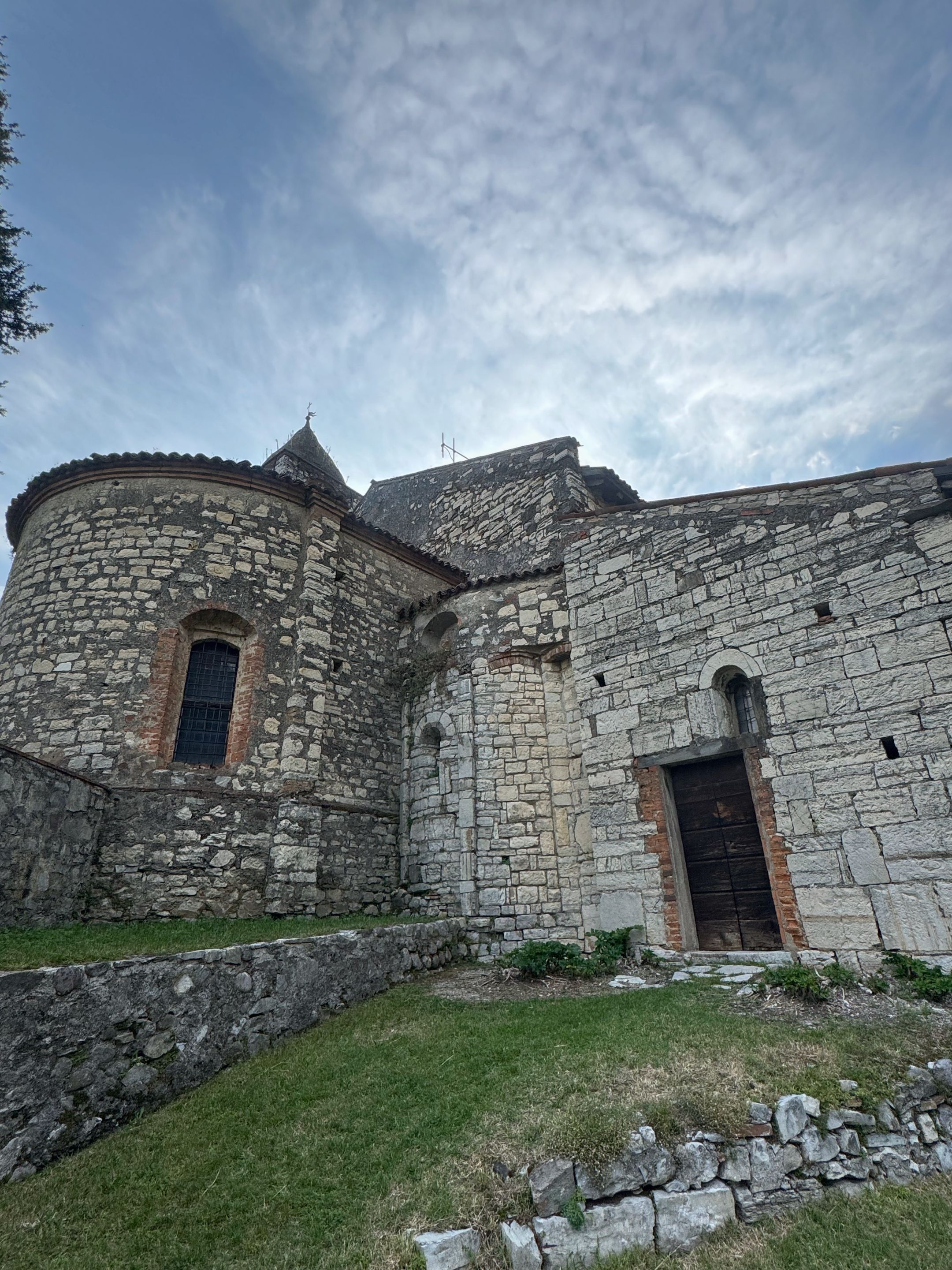ENG/ITA
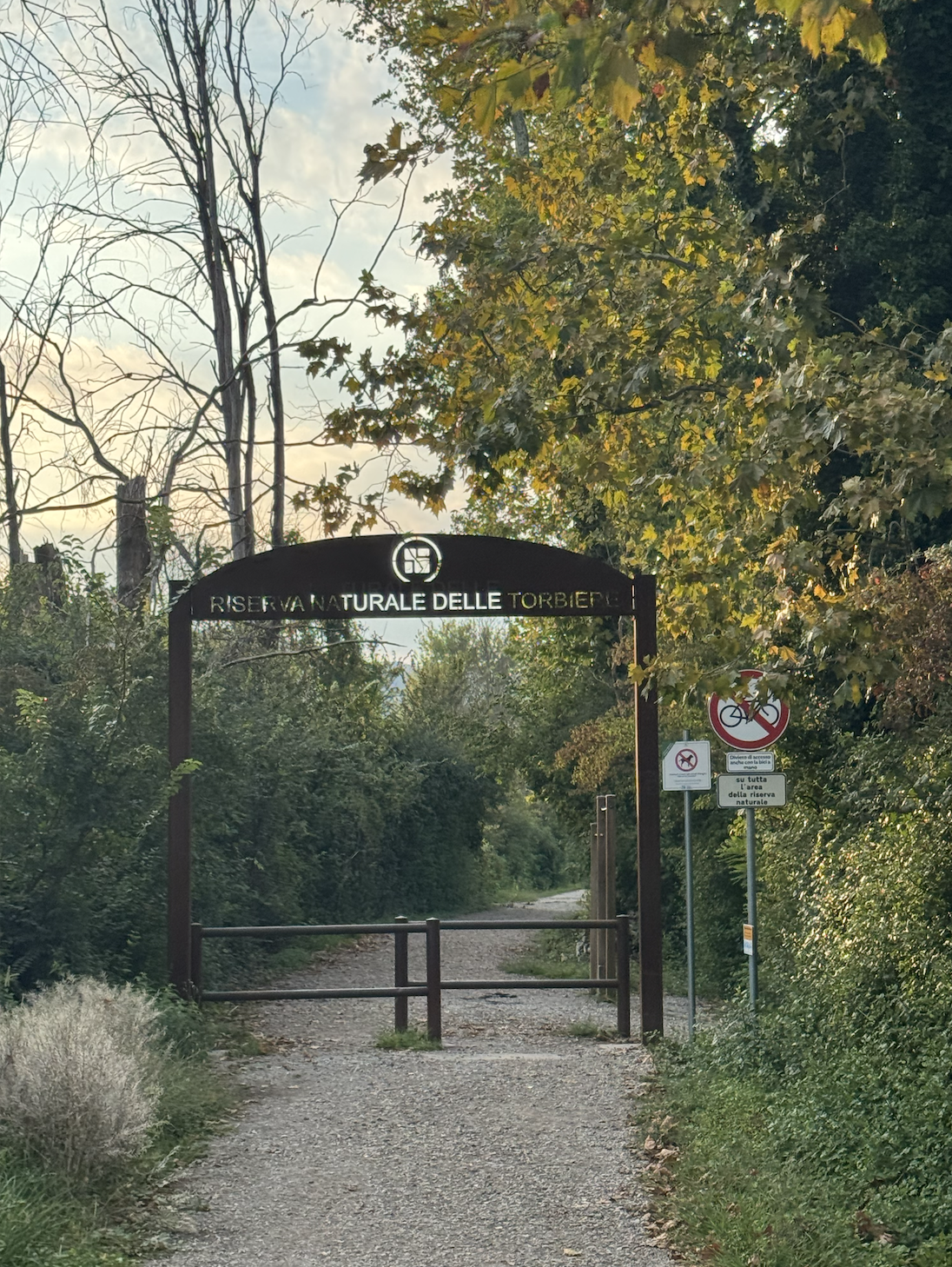
Hi friends of Hive,
Here I am back to show you the wonders of Italy. Today, in this post, I want to show you a
magical and hidden place, very close to my home. This is the nature reserve “The Sebino
peat bogs”
. They are located in the southern area of Lake Iseo, Brescia and are the most
important wetland in this area. These zones are critical because they play the role of
ecological regulators.
Are you ready to go on this journey with me?
Ciao amici di Hive,
Eccomi tornata per mostrarvi le meraviglie dell'Italia. Oggi, in questo post, voglio mostrarvi
un luogo magico e nascosto, molto vicino a casa mia. Si tratta della riserva naturale “ Le
torbiere del Sebino”
. Si trovano nella zona meridionale del Lago di Iseo, Brescia e sono la
più importante zona umida presente in questo territorio. Queste zone sono fondamentali
perché svolgono il ruolo di regolatori ecologici.
Siete pronti a partire in questo viaggio con me?
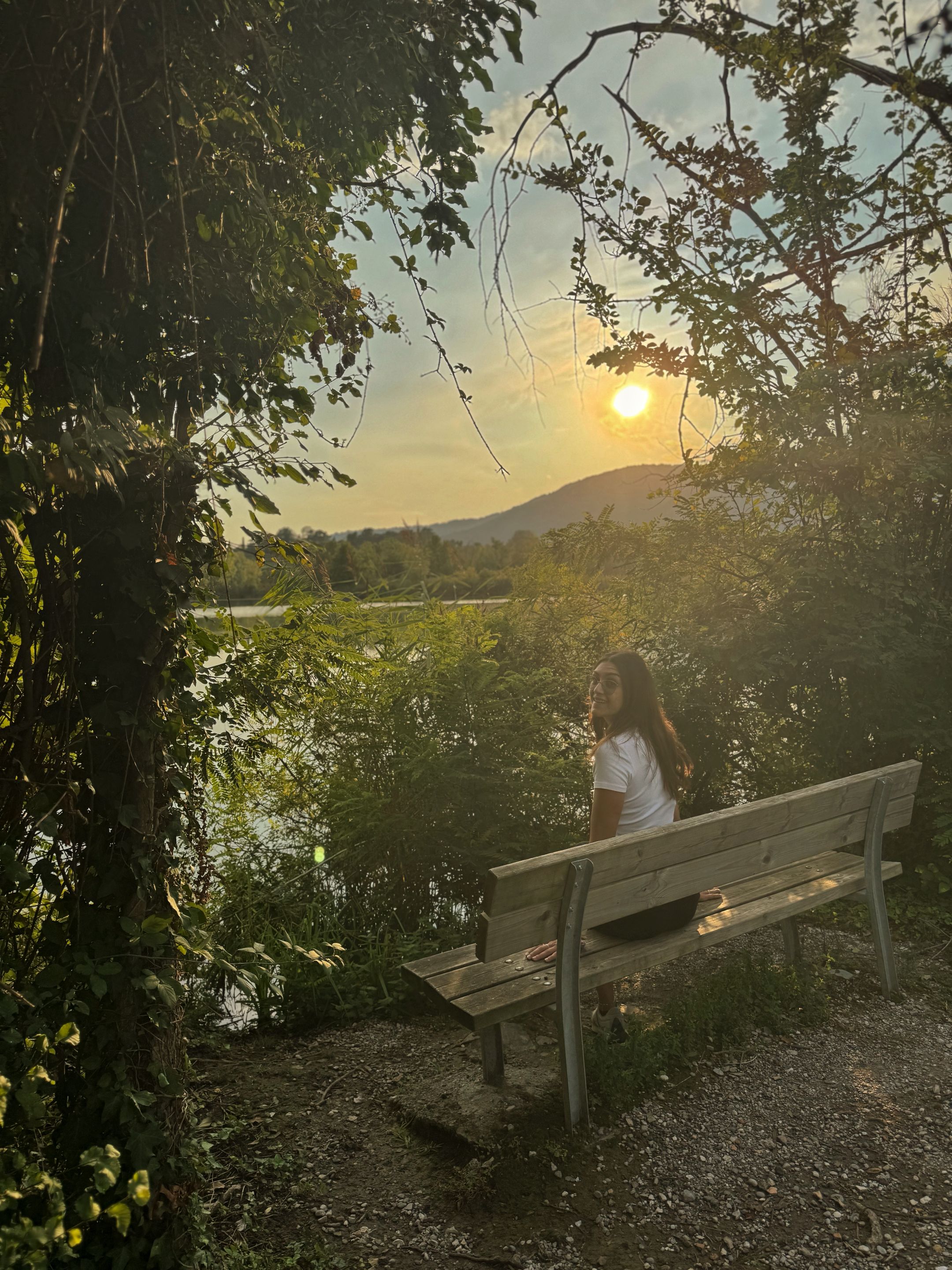
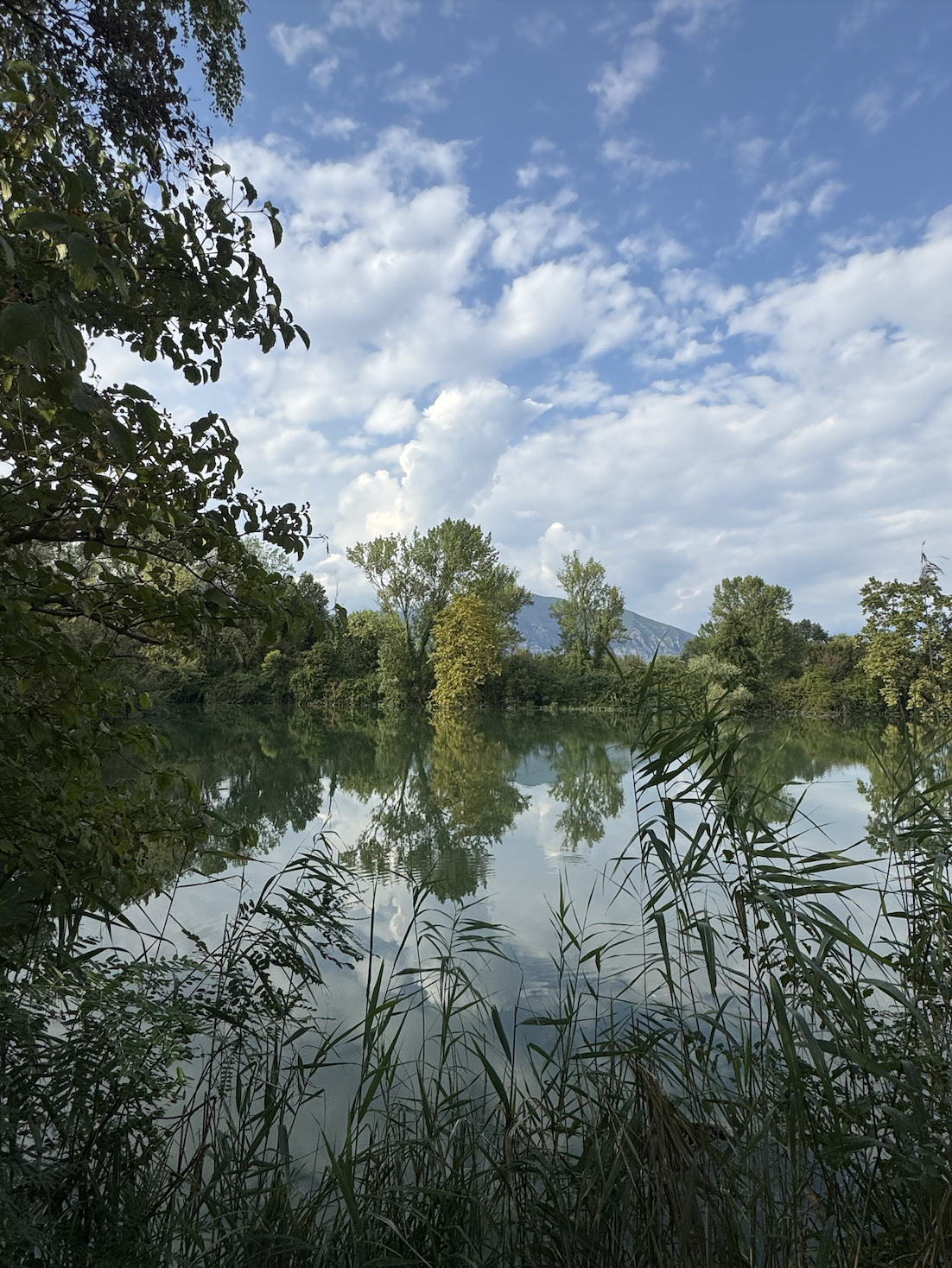
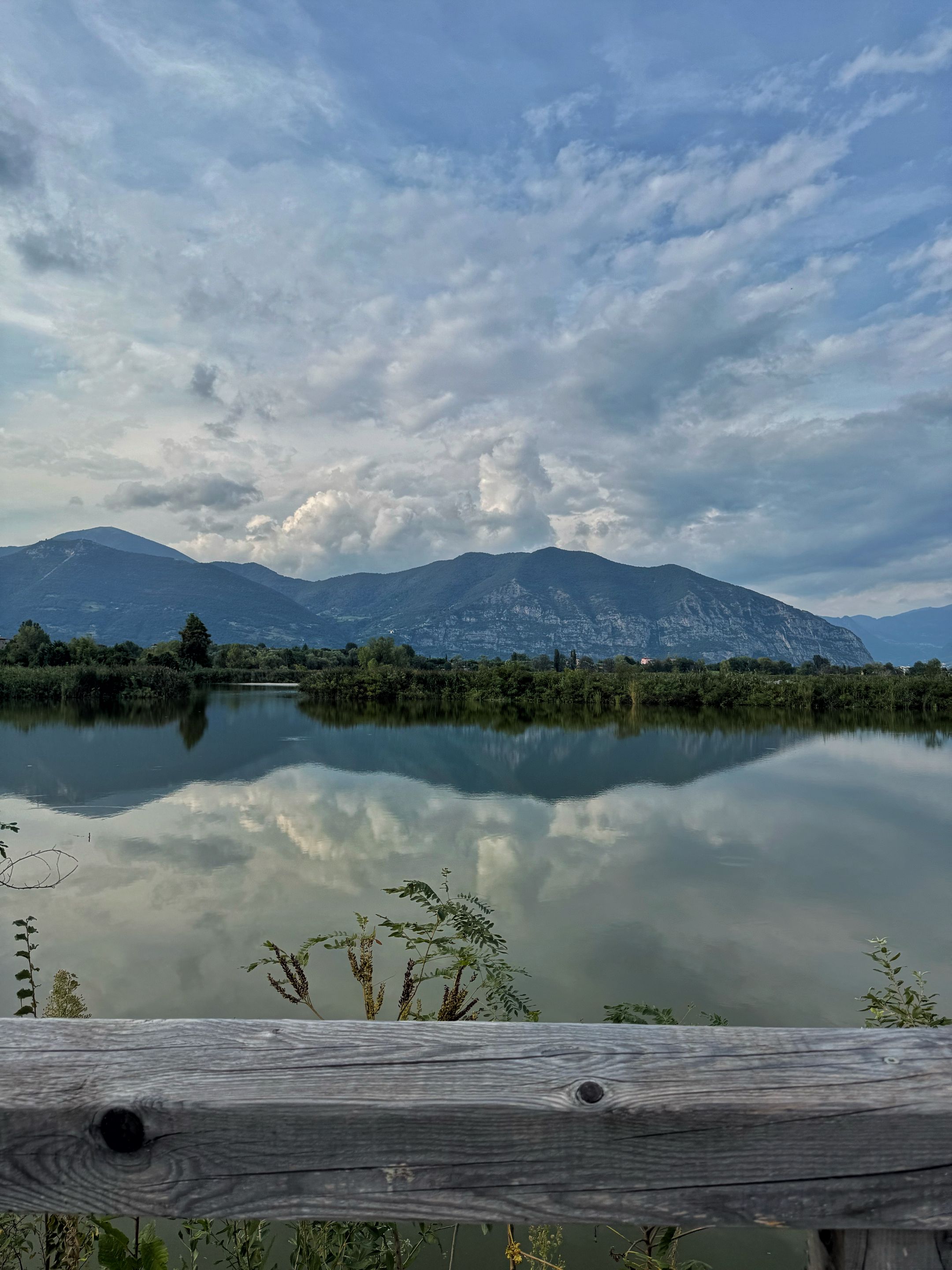
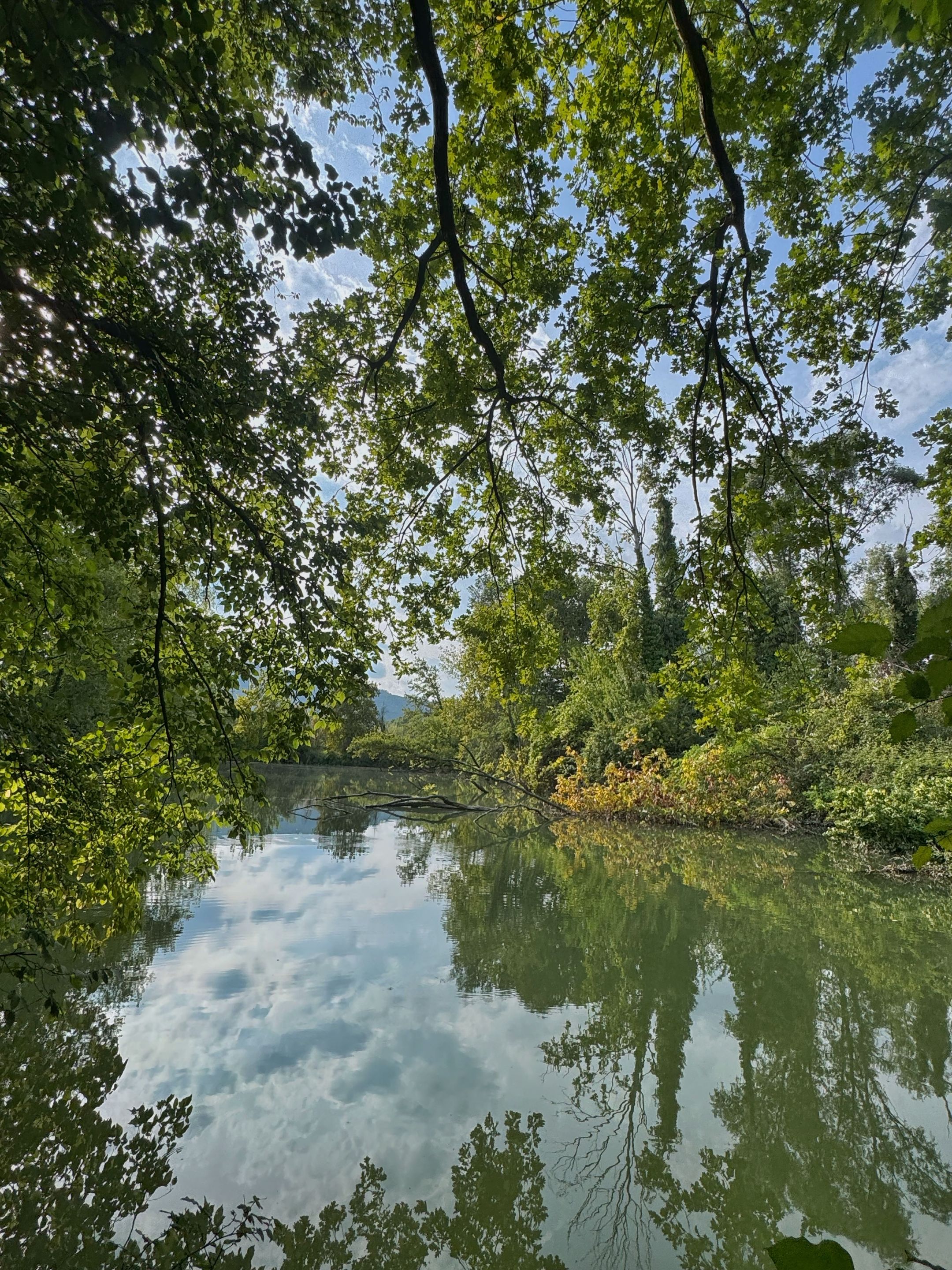
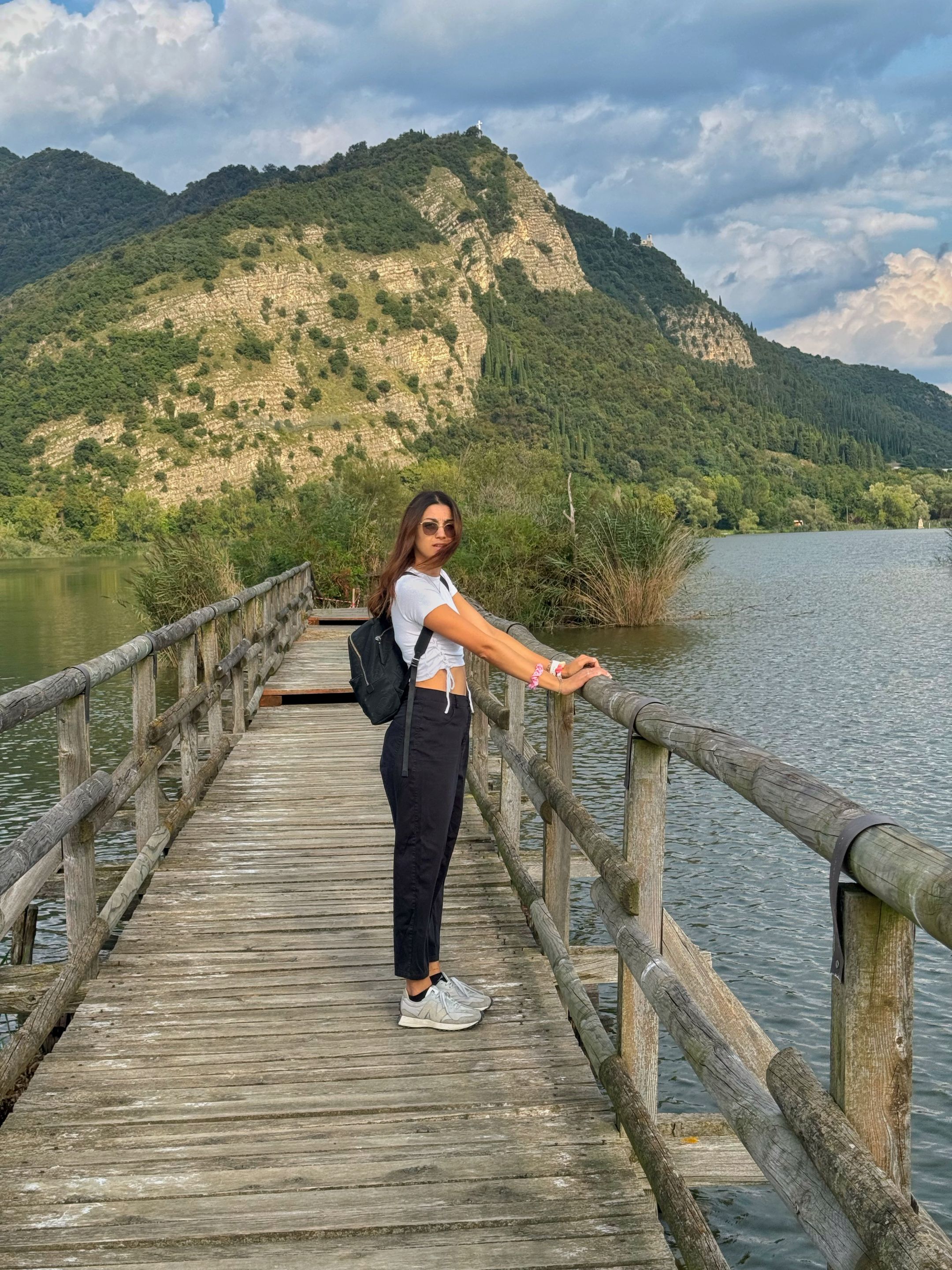
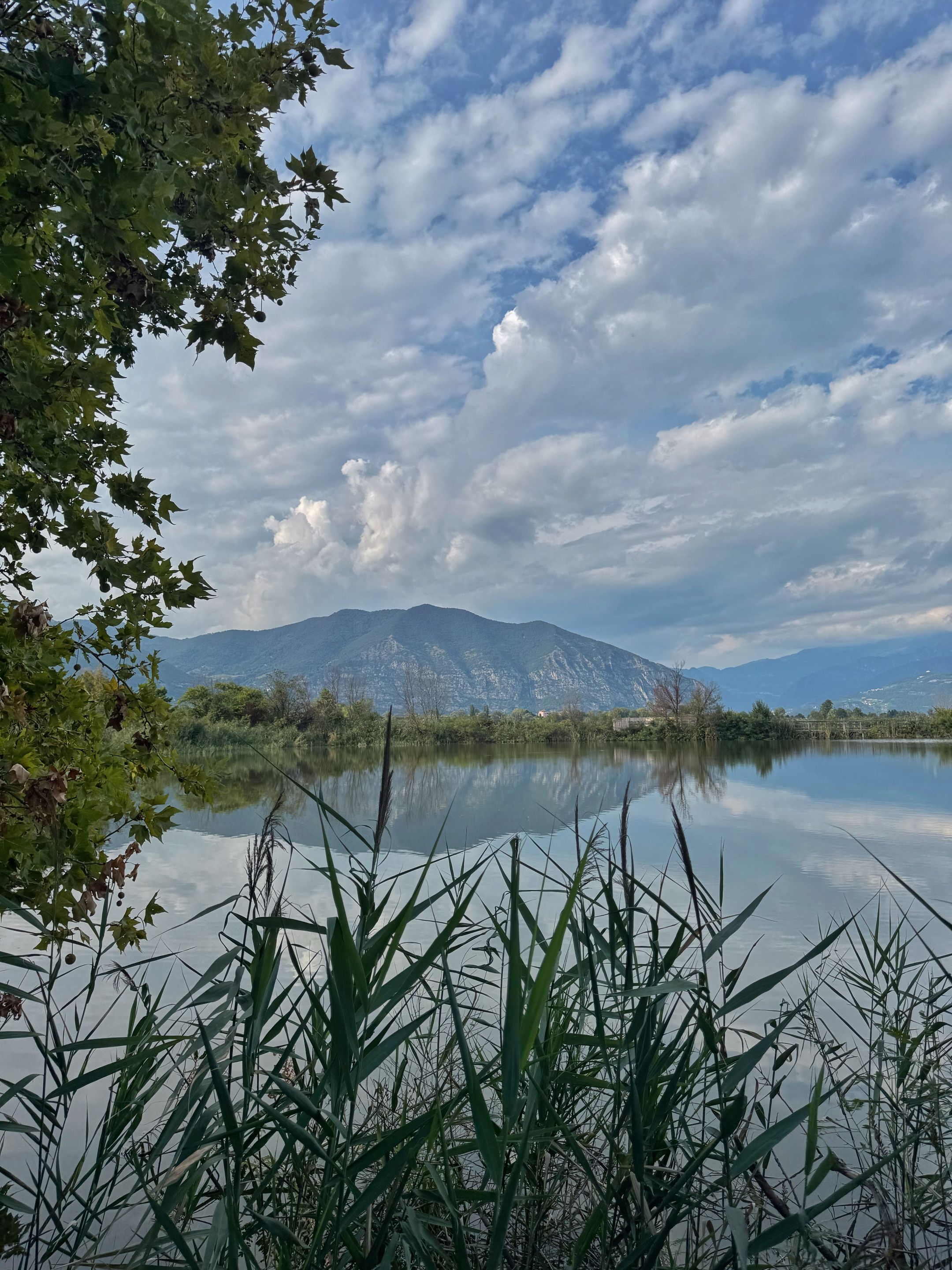
The story :
The peat bogs were inhabited in prehistoric times, about 9000 years ago, that environment
was privileged for the presence of many elements that allowed survival, for example the
presence of water, rock to be able to engrave or build hunting tools and the presence of
animals, as a source of food.
At least two pile-dwelling centers dating back to the Bronze Age have been found, but many
have been lost because the environment so rich in peat has not allowed good conservation.
La storia :
Le torbiere erano abitate in epoca preistorica, circa 9000 anni fa, quell'ambiente era
privilegiato per la presenza di molti elementi che consentivano la sopravvivenza, ad esempio
la presenza dell'acqua, della roccia per poter incidere o costruire strumenti da caccia e la
presenza degli animali, come fonte di cibo.
Sono stati rinvenuti almeno due centri palafitticoli risalenti all'età del Bronzo, molti però sono
andati perduti perché l'ambiente così ricco di torba non ha consentito la buona
conservazione.
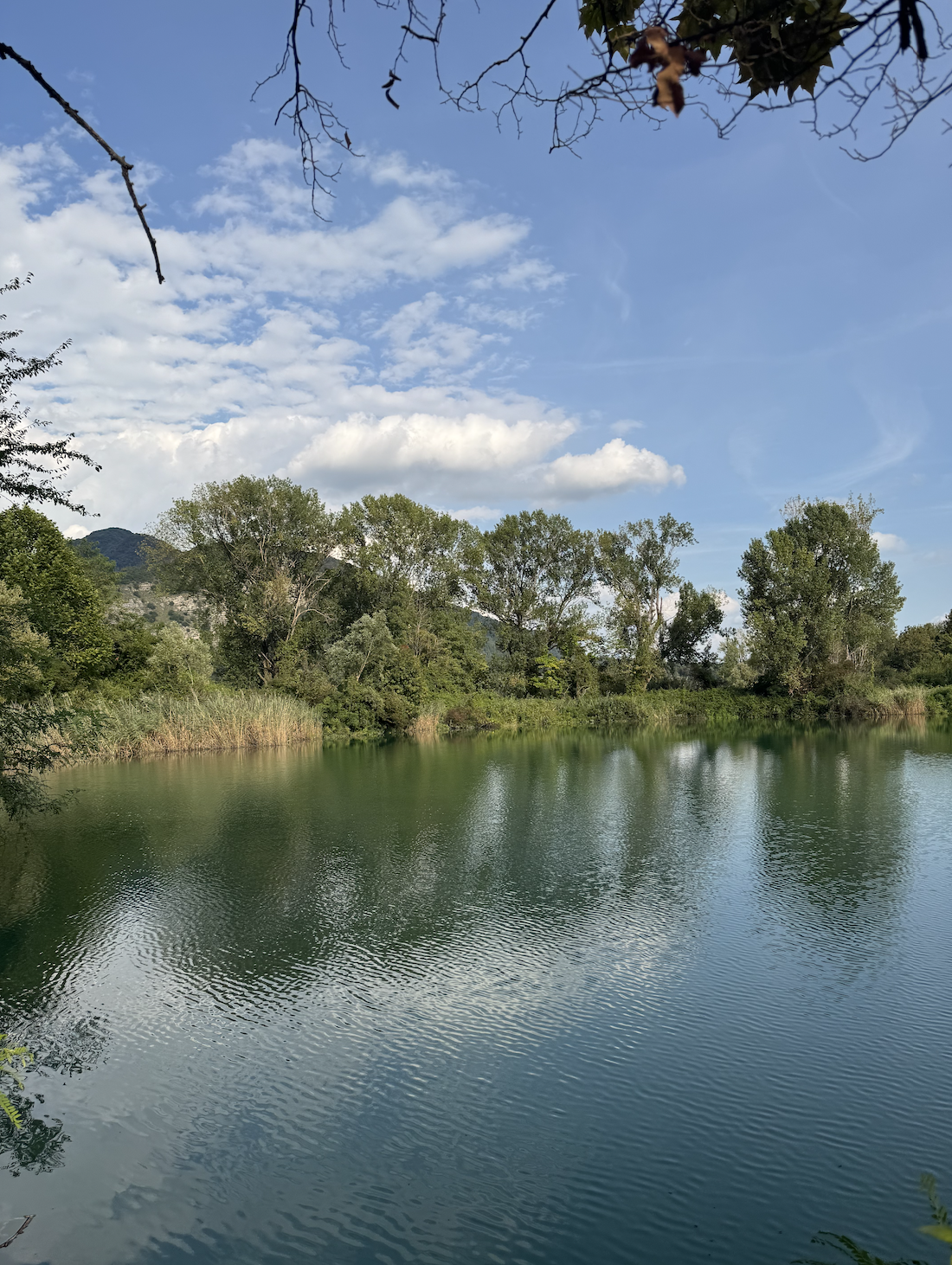


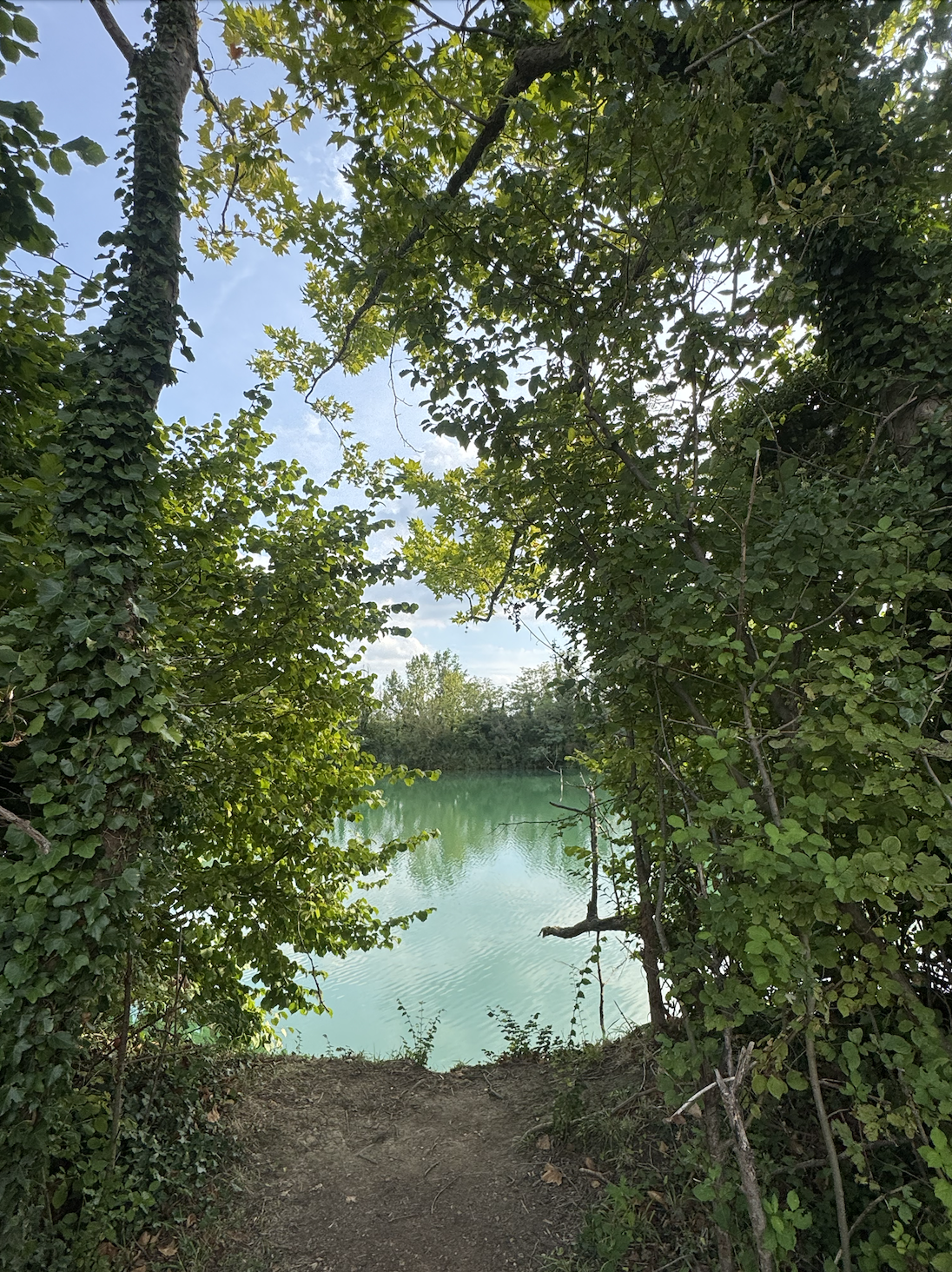
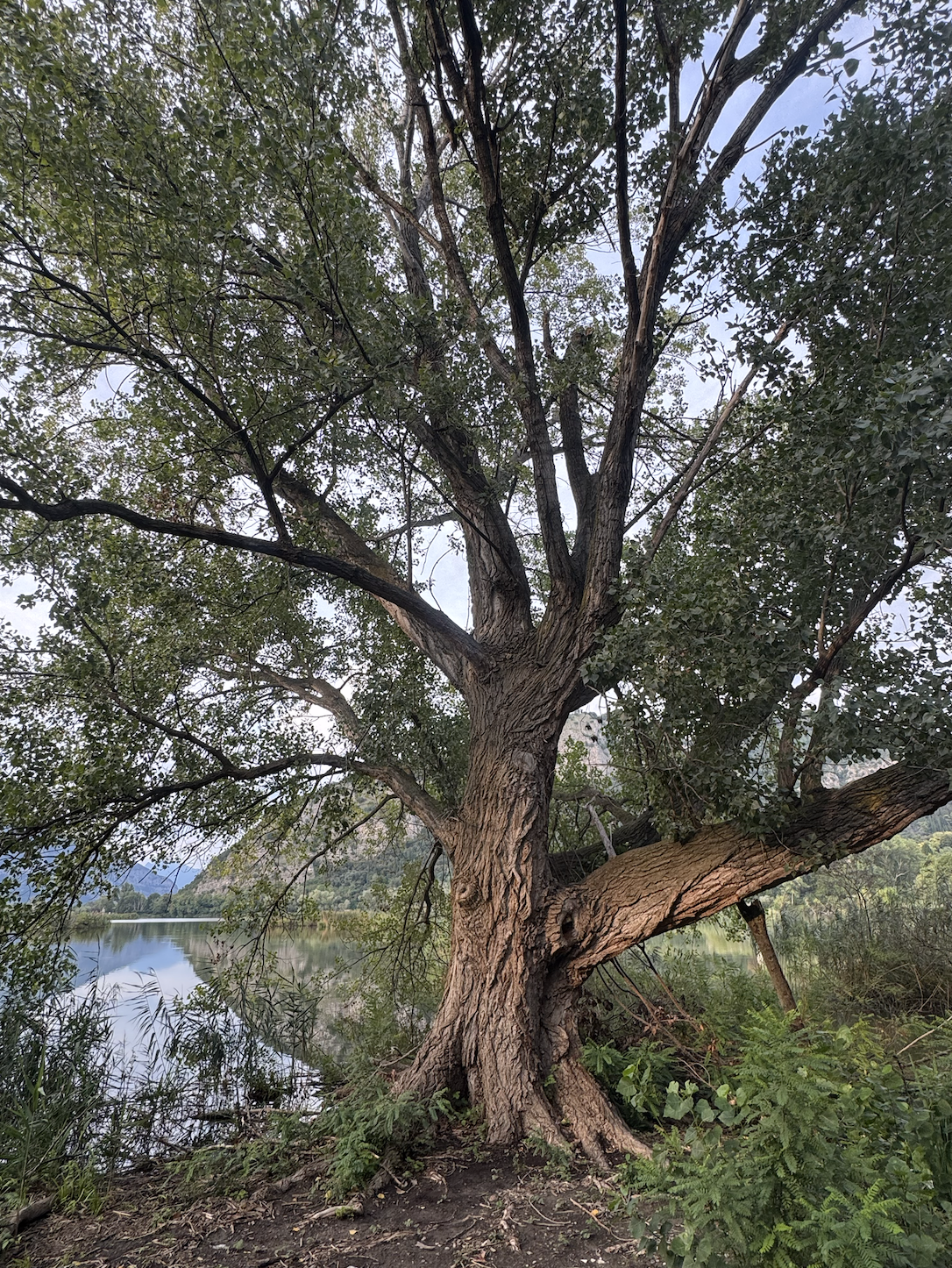
During Roman times, the reserve was certainly inhabited, in place of the current monastery,
of which I will later show you the photos, there was a temple dedicated to the god Mithras,
god of the cosmos and light.
In the Middle Ages the construction of the monastery began, but we will talk about this later.
Around 1700/1800 the peat bogs had become a real swamp, they did not allow the growth of
grass to feed the animals or to allow them to graze, but below the stagnant layer of water
there was peat, excellent as fuel. They then began a massive excavation to be able to
extract it, this led to an increase in the economy of the area but also to a change in the
landscape because then “lakes” were created, as we see them today.
Durante l'epoca romana, la riserva era sicuramente abitata, al posto dell'attuale monastero,
di cui in seguito vi mostrerò le foto, era presente un tempio dedicato al dio Mitra, dio del
cosmo e della luce.
Nel medioevo iniziò la costruzione del monastero, ma di questo parleremo in seguito.
Intorno al 1700/ 1800 ormai le torbiere erano diventate una vera e propria palude, non
permettevano la crescita di erba per sfamare gli animali o per consentirne il pascolo, ma al
di sotto dello strato stagnante dell'acqua era presente la torba, ottima come combustibile.
Iniziarono quindi uno scavo massiccio per poterla estrarre questo portò a un aumento
dell'economia della zona ma anche a un cambiamento del paesaggio perché poi si crearono
dei “laghetti”
, così come li vediamo oggi.
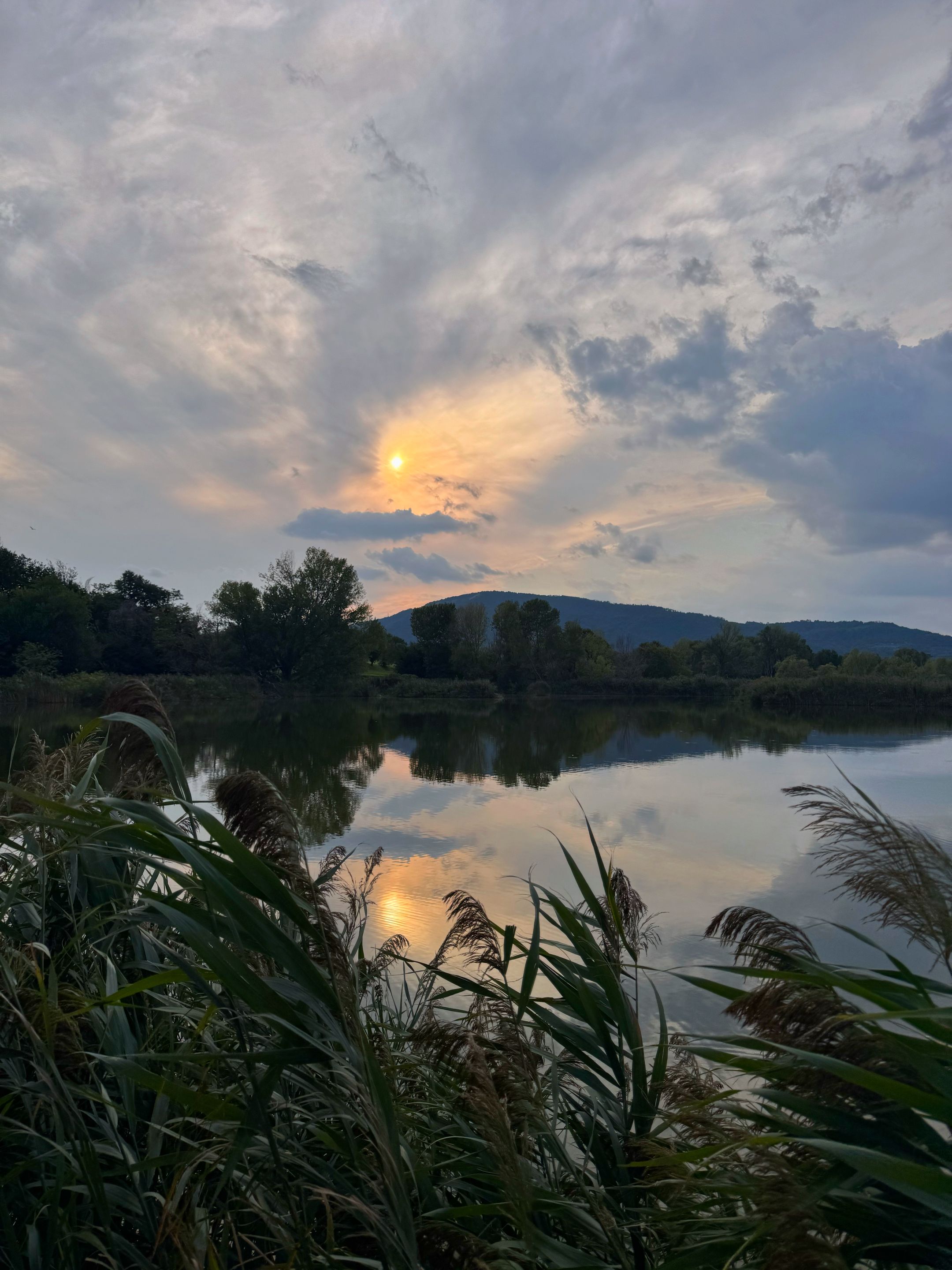
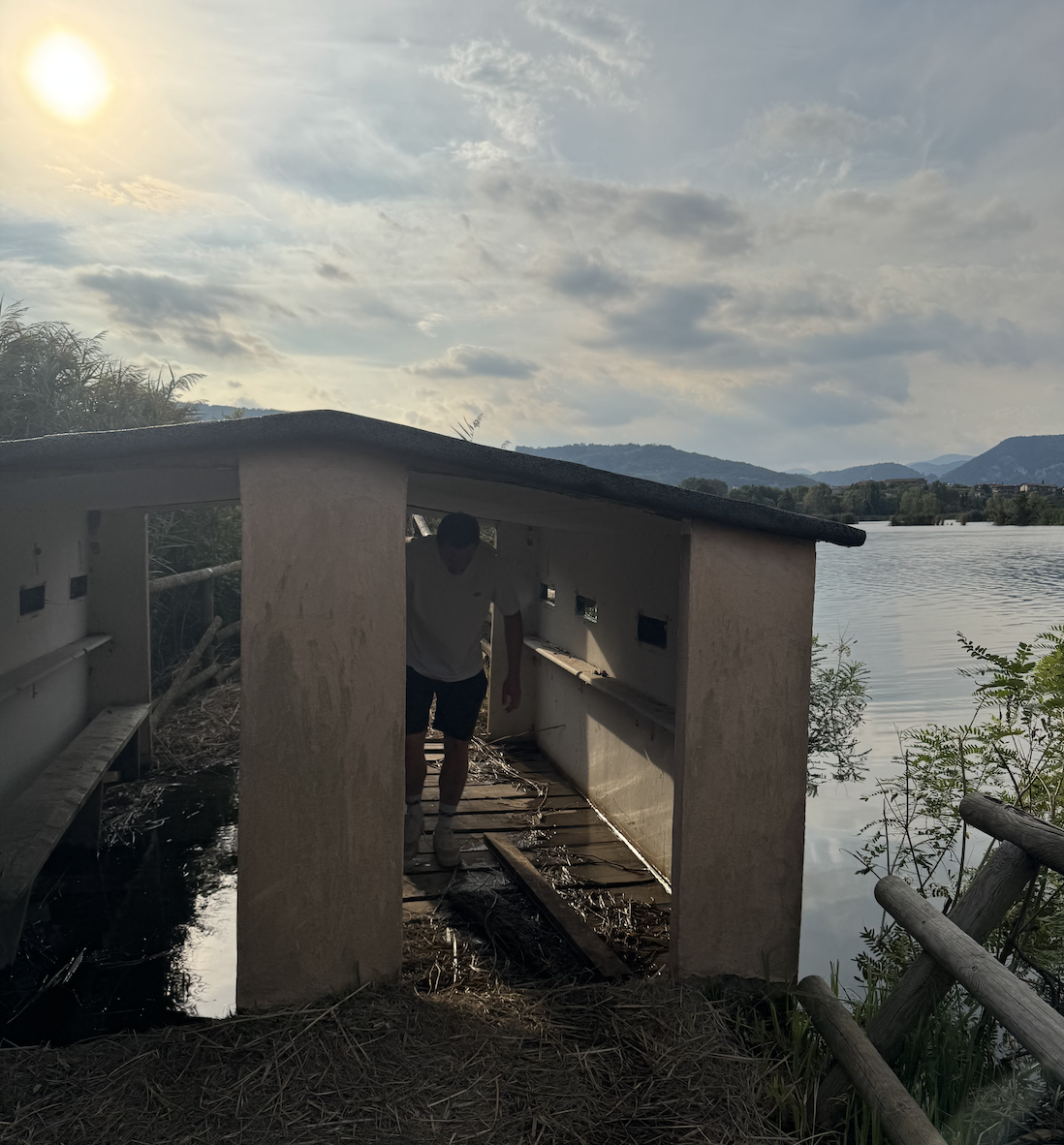
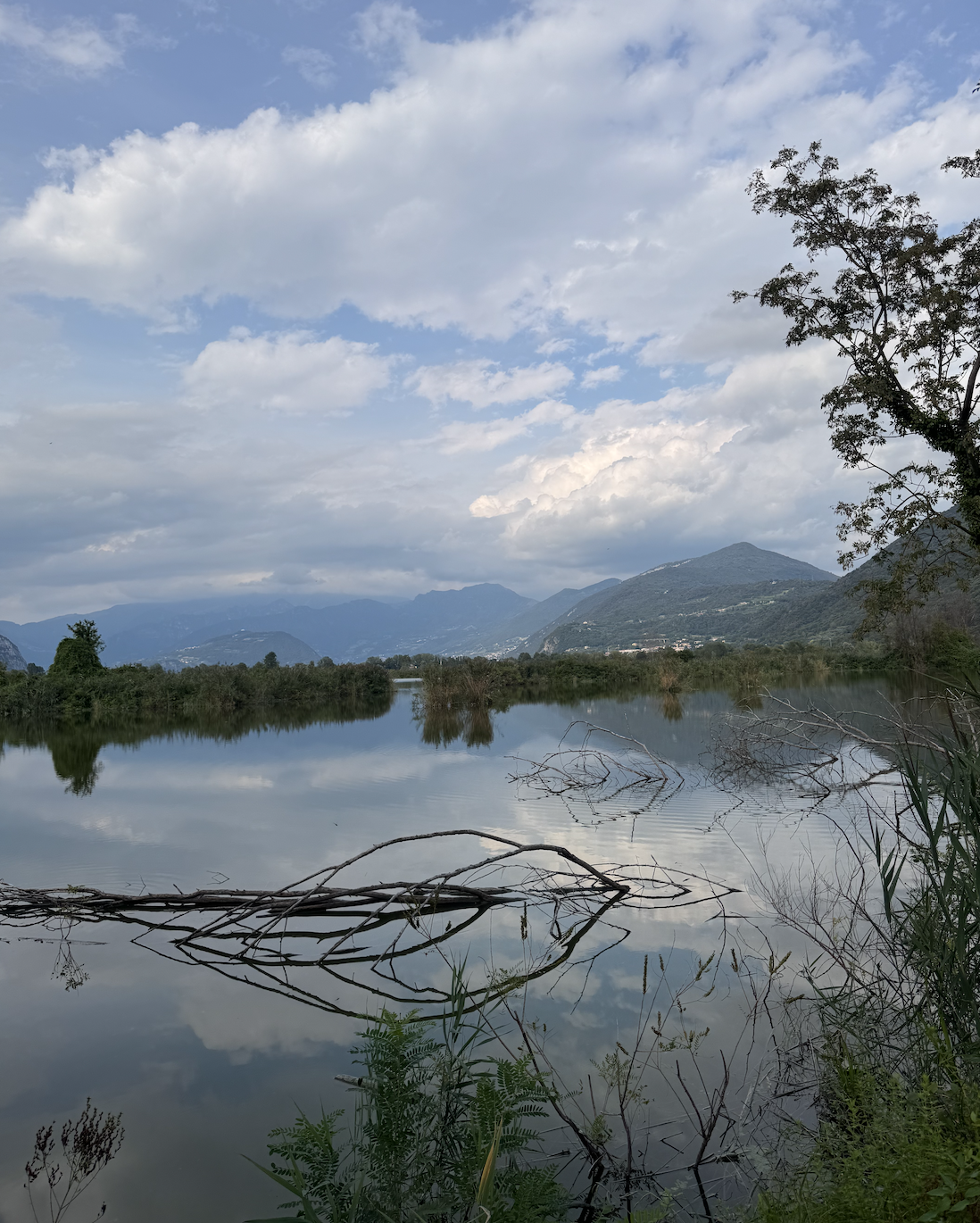
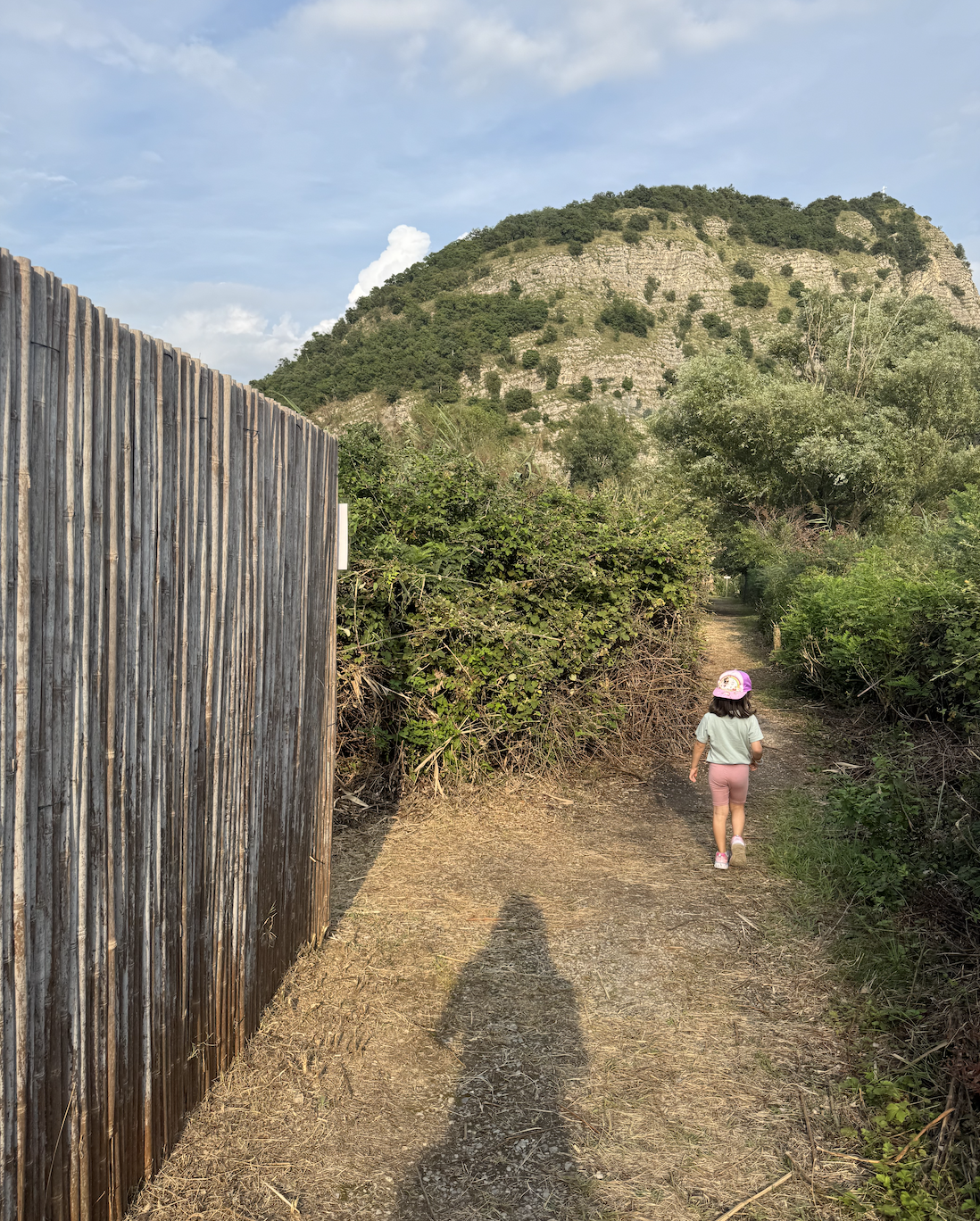
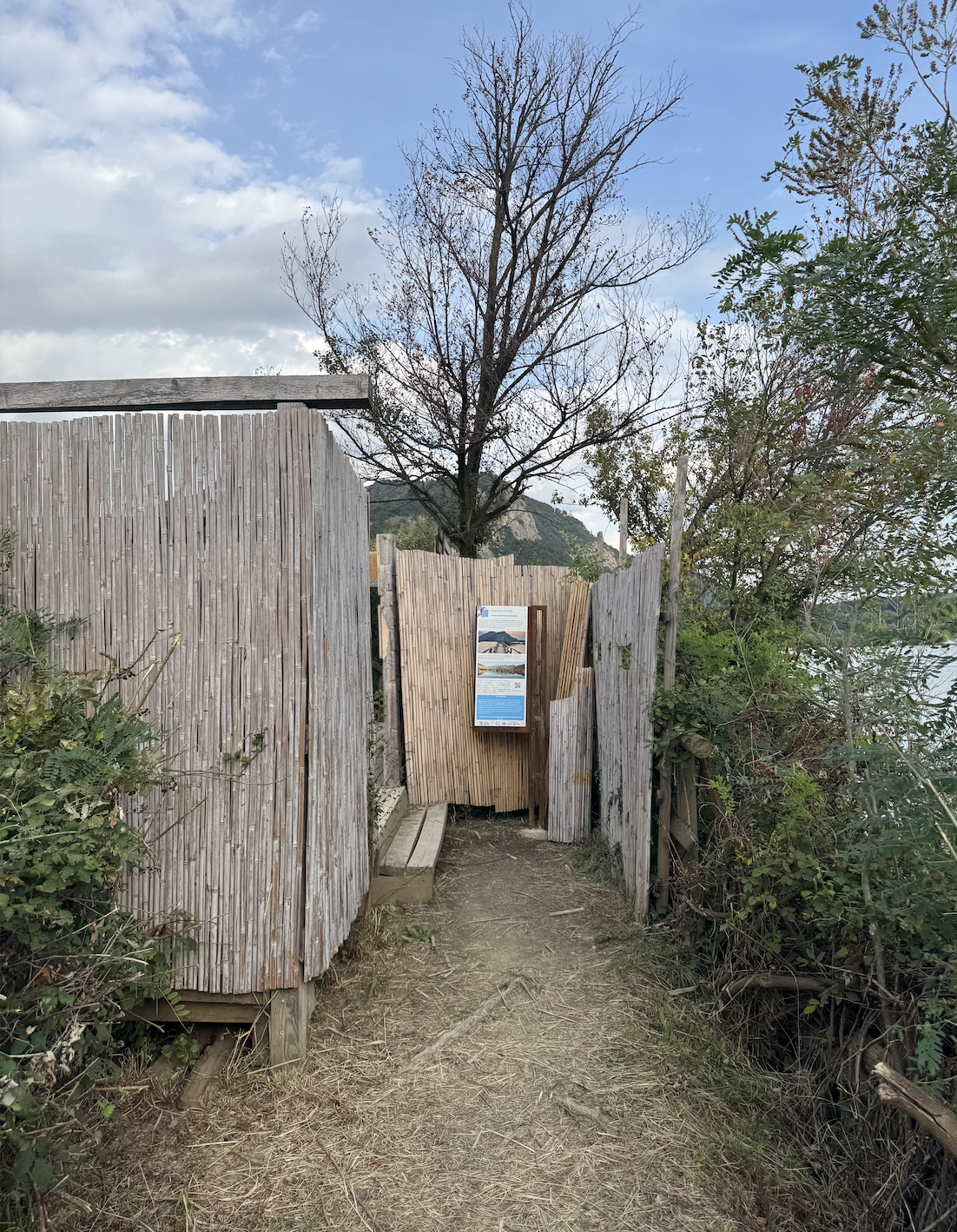
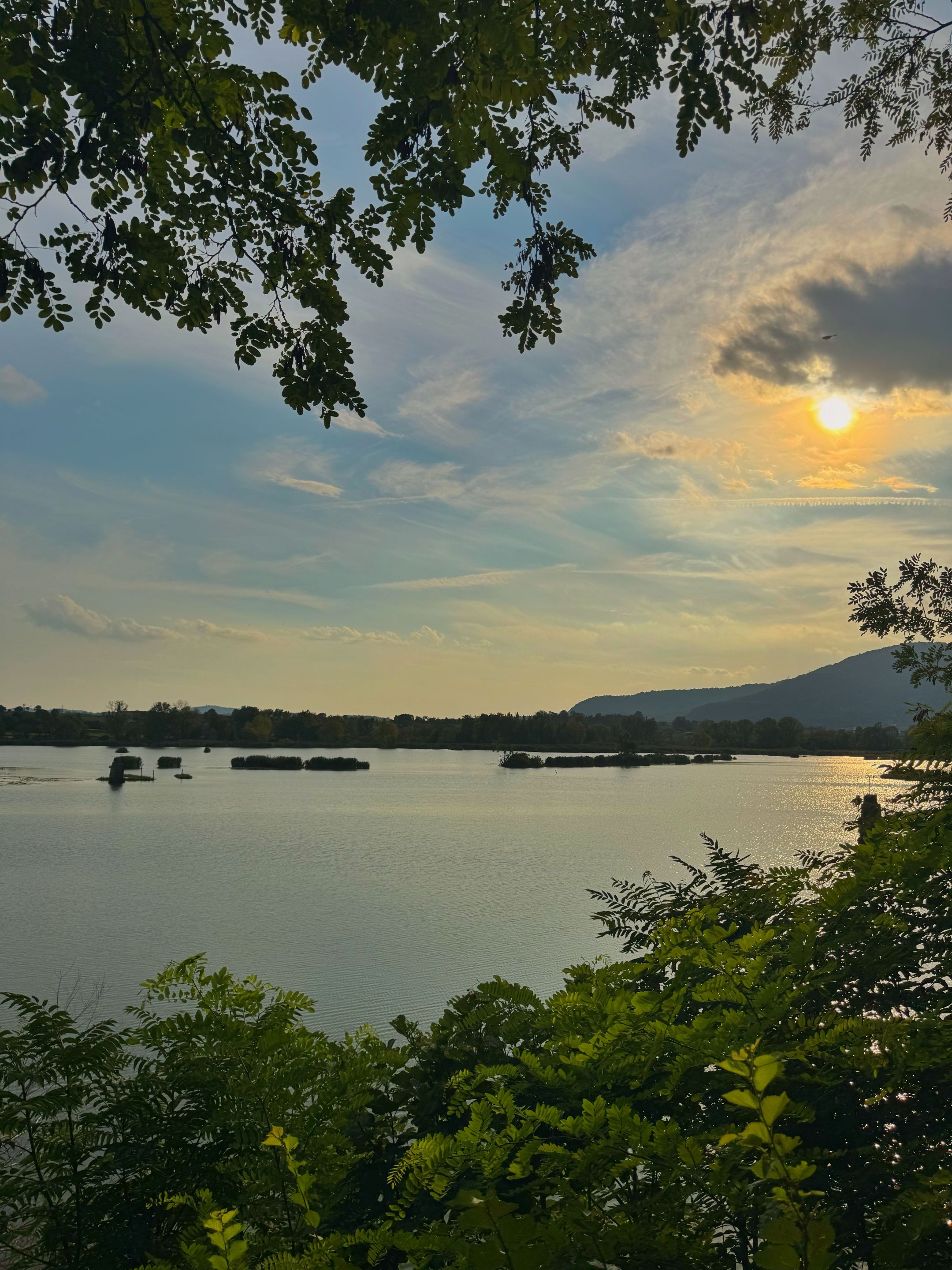 THE ROUTE
THE ROUTE
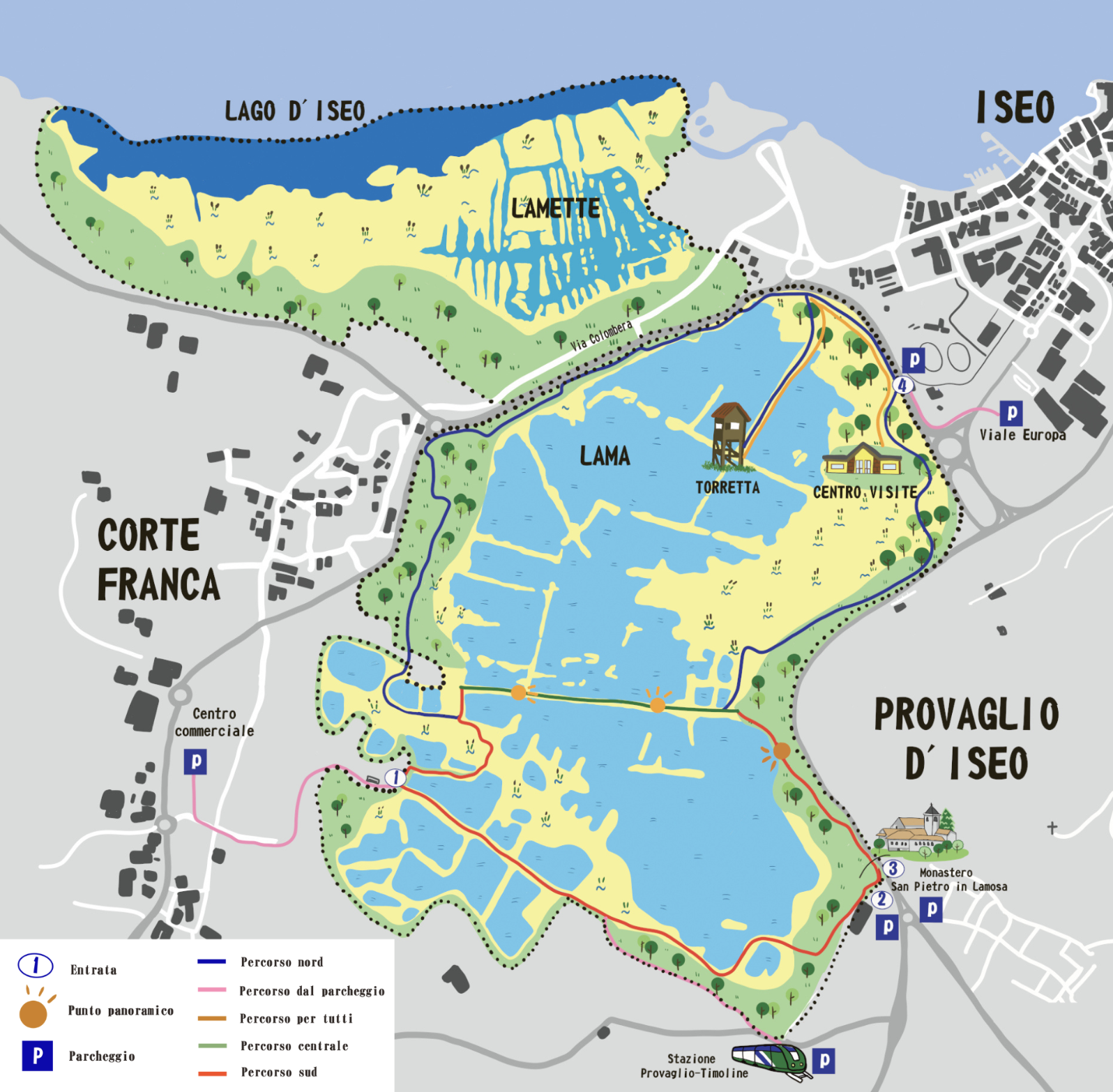 ( pic from the site hptts://torbieresebino.it )
( pic from the site hptts://torbieresebino.it )
Inside the peat bogs there are three routes, which you see in the map above, we followed
the south-central route starting from point 1 and arriving at the monastery of San Pietro in
Lamosa. Each route makes you discover a fabulous environment, its biodiversity is unique
and absolutely to be admired.
The cost of entry to the nature reserve is 2.00 €, and can be paid via debit/credit cards, at
the various entrances located throughout the area.
The central route is certainly suggestive, green in colour, at that point there is a very long
bridge, almost 1 km, over the water. The place is very suggestive at dawn and dusk.
All'interno delle torbiere sono presenti tre percorsi, che vedete nella mappa qui sopra, noi
abbiamo eseguito il percorso sud-centrale con partenza dal punto 1 e arrivo al monastero di
San Pietro in Lamosa. Ogni percorso ti fa scoprire un ambiente favoloso, la sua biodiversità
è unica e assolutamente da ammirare.
Il costo dell'ingresso alla riserva naturale è di 2,00 €, e si può pagare tramite bancomat/carte
di credito, nei vari ingressi dislocati sul territorio.
Sicuramente suggestivo è il percorso centrale, dal colore verde, in quel punto si trova un
lunghissimo ponte, quasi 1 km, sull'acqua. Il luogo è molto suggestivo all'alba e al tramonto.
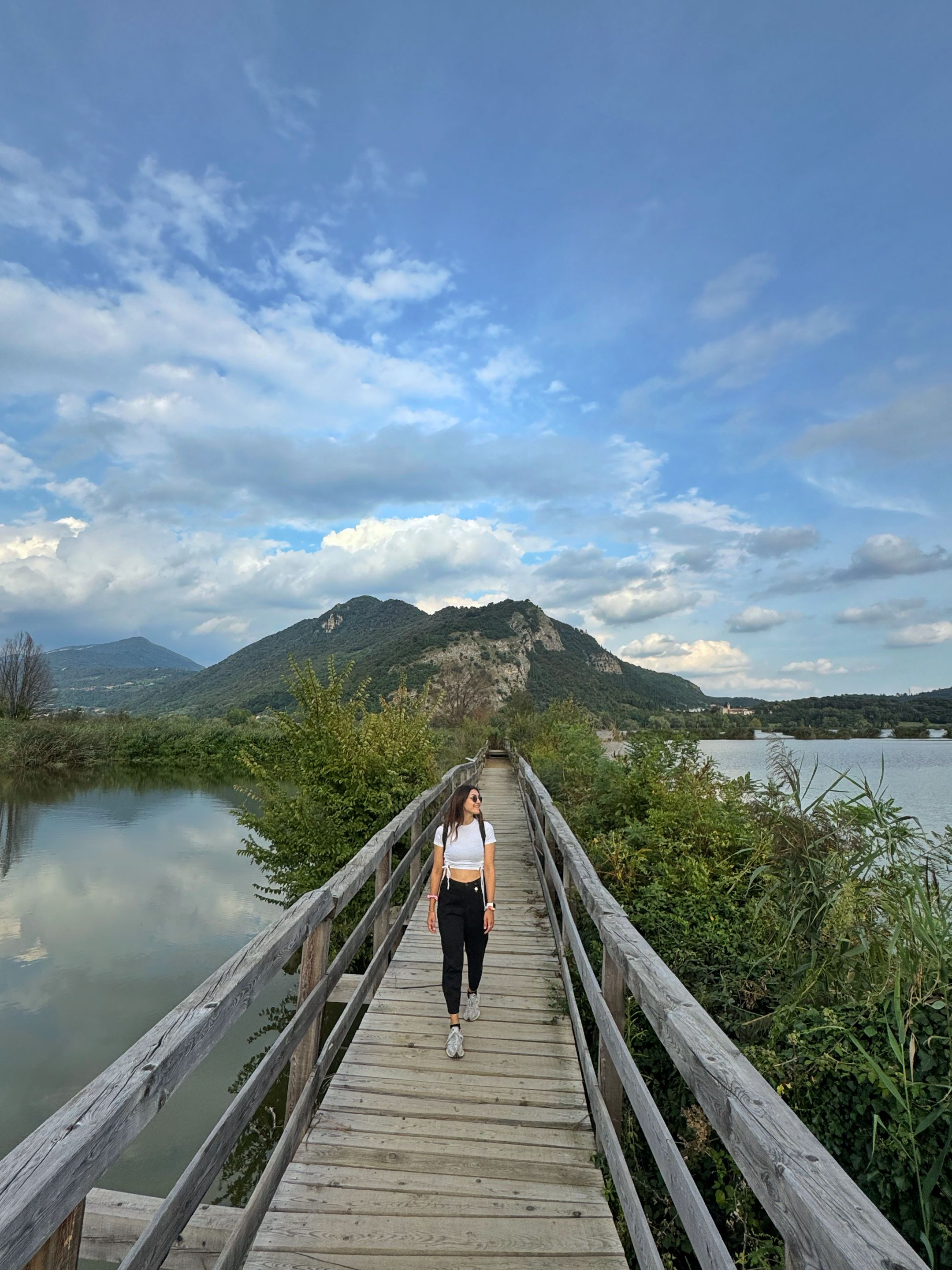
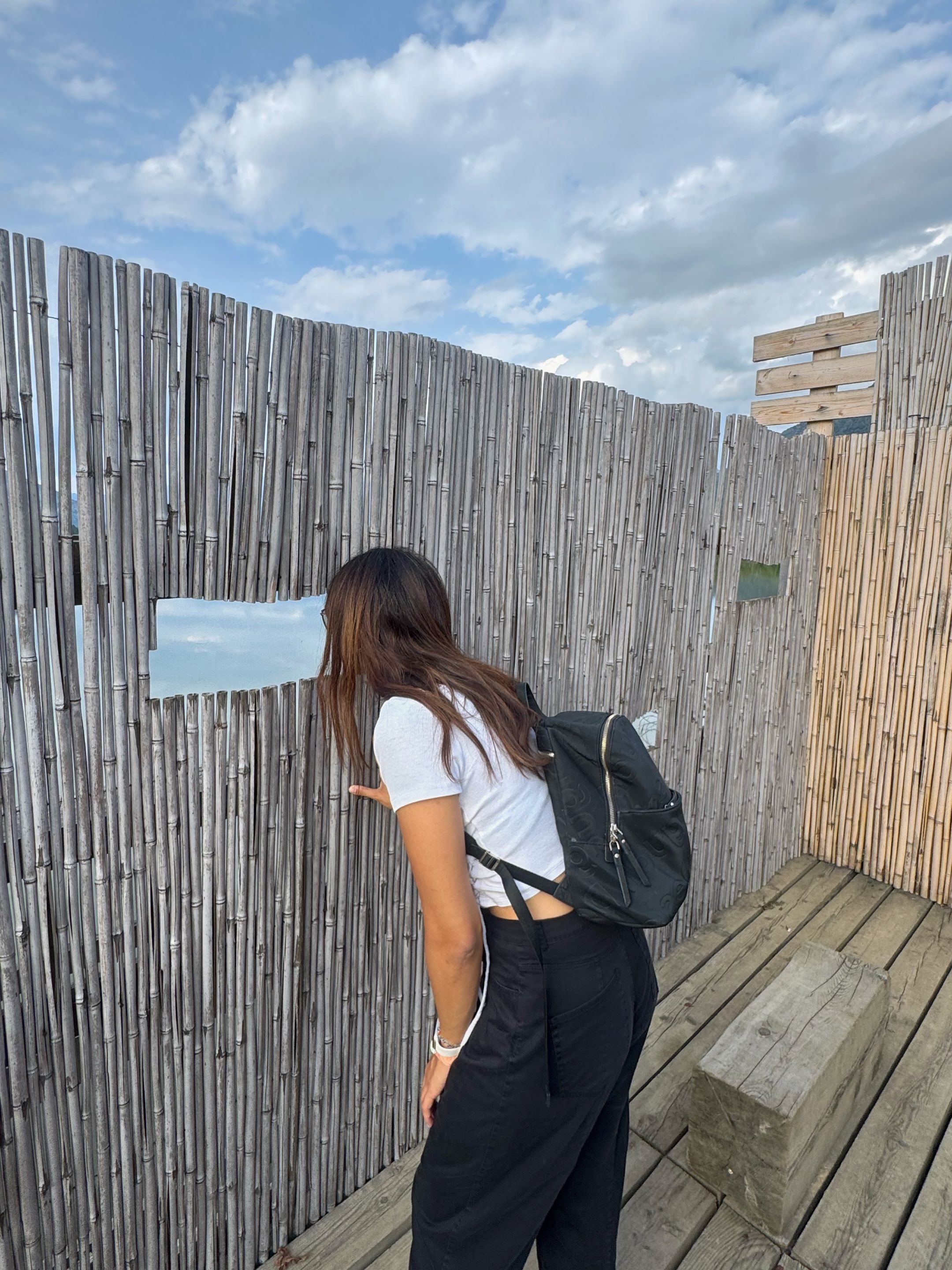
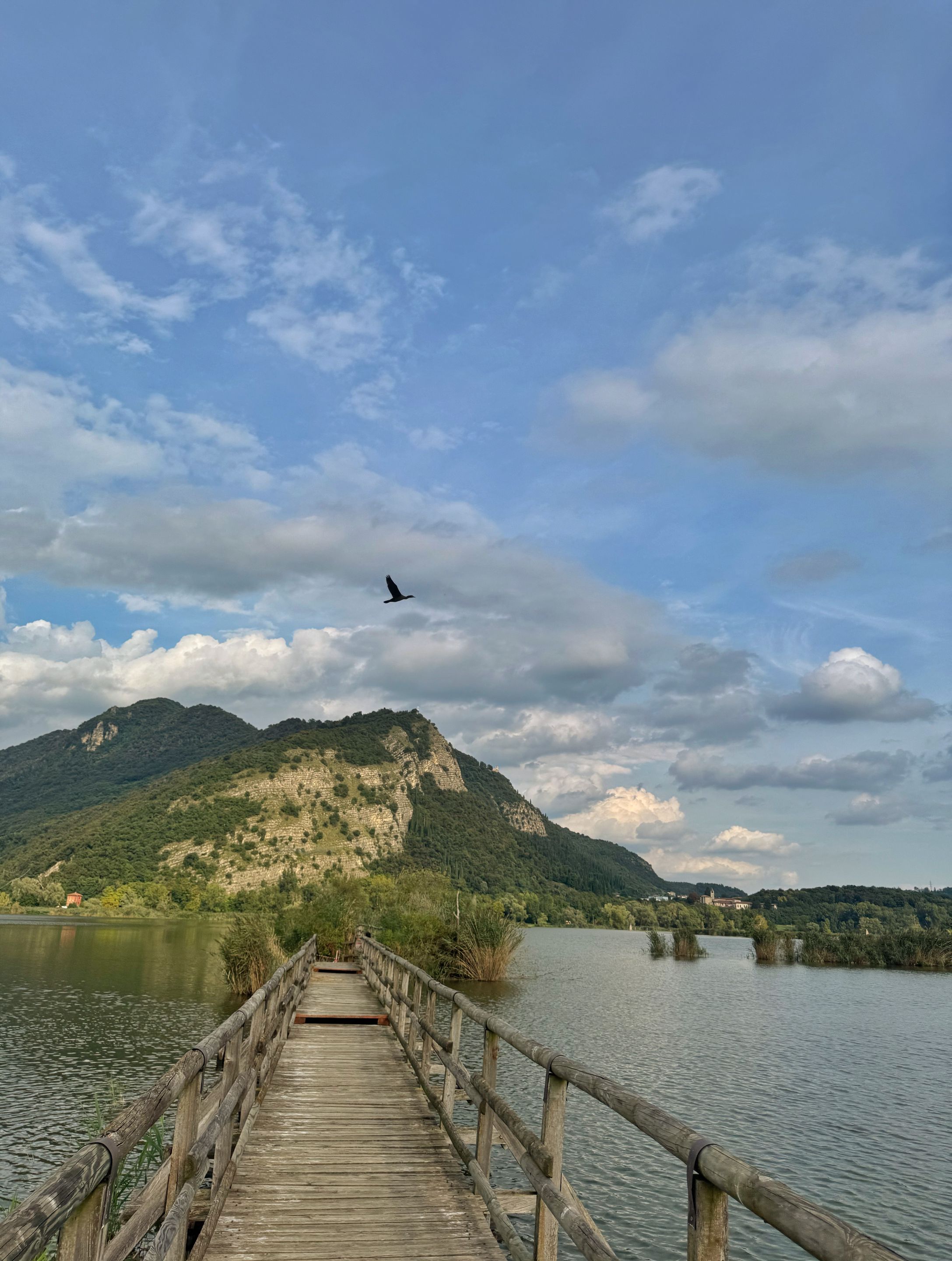
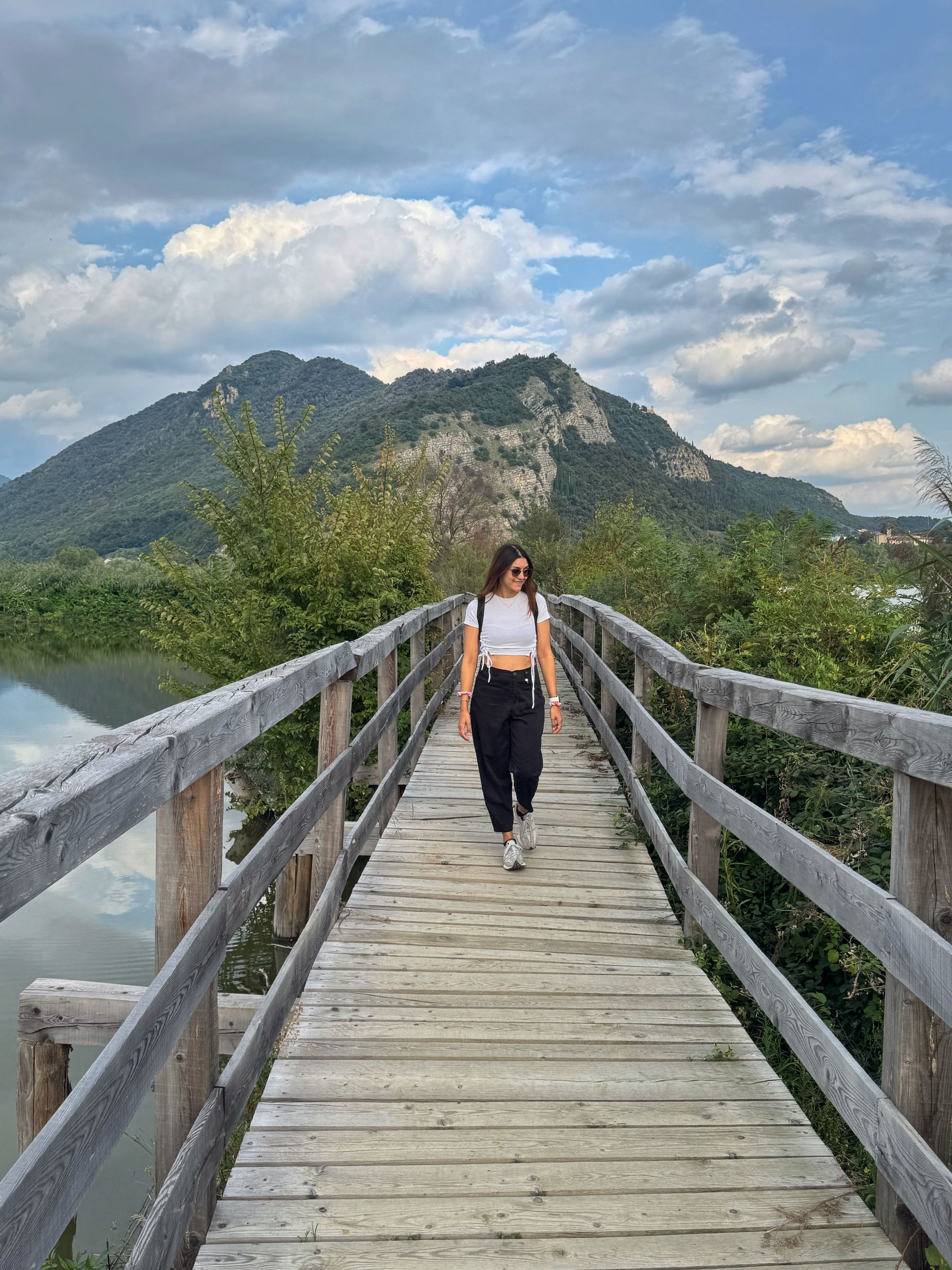
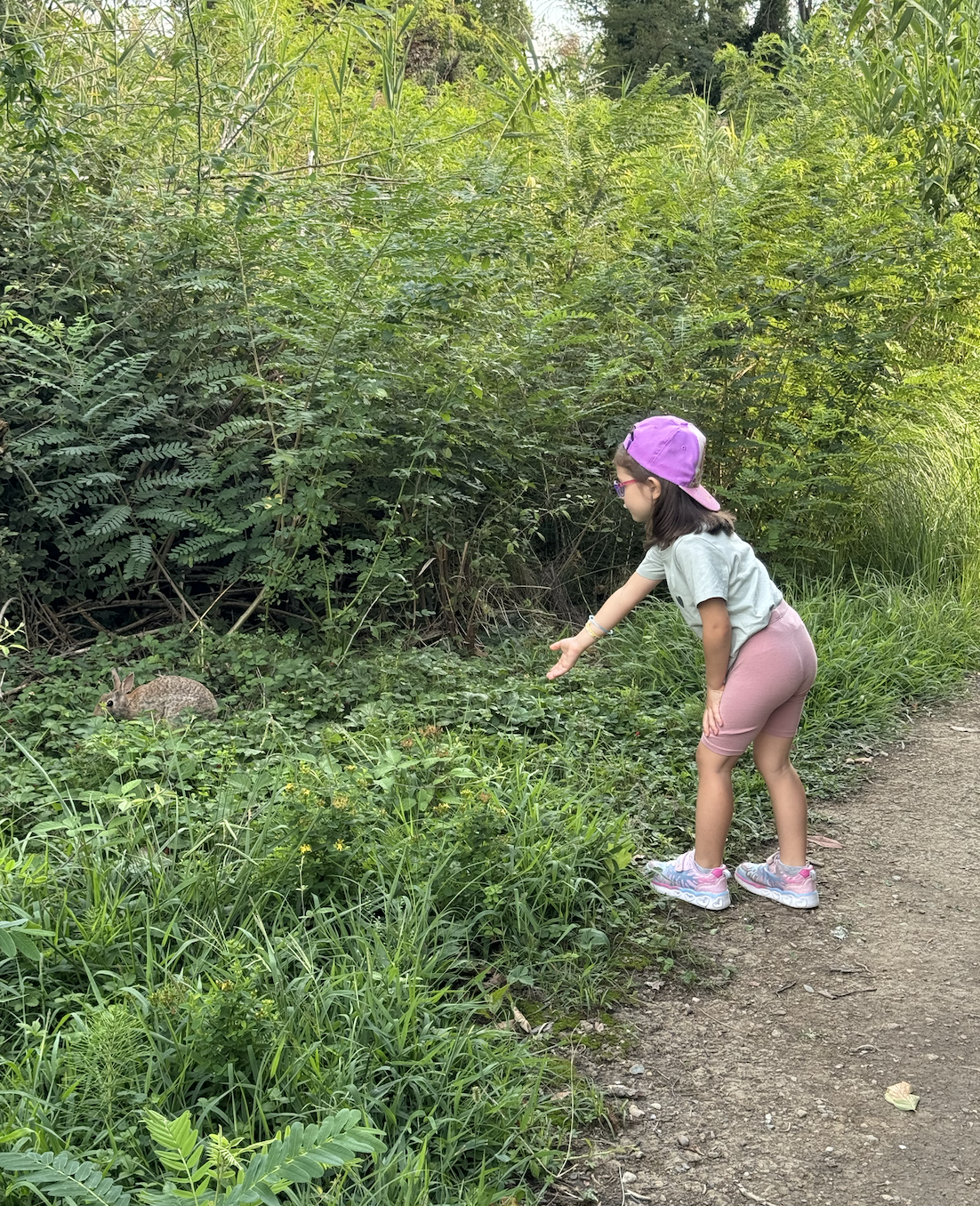
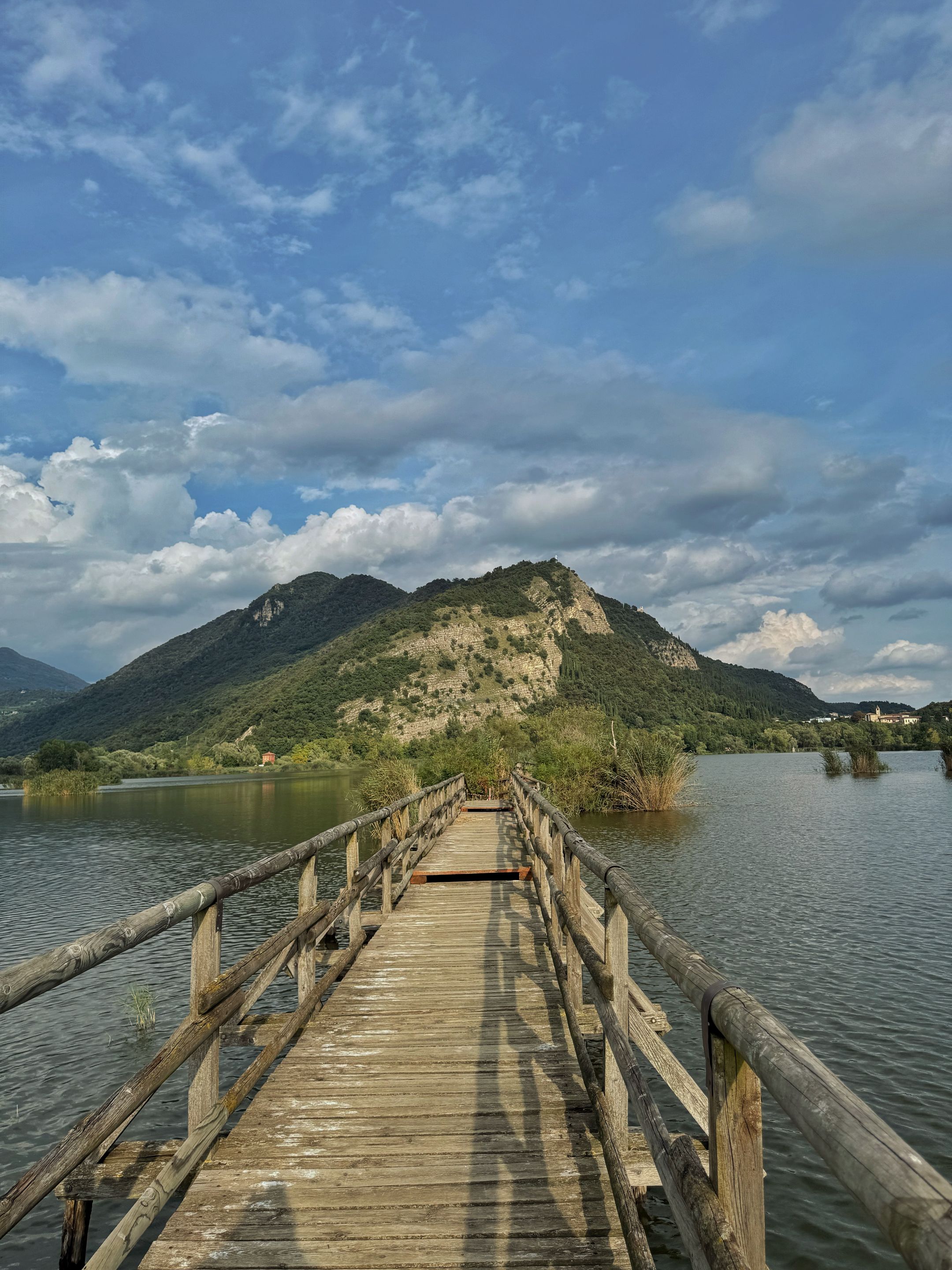
The Monastery of San Pietro in Lamosa
It was two local aristocrats who donated the church to the Cluny complex and therefore the
church became part of the Cluniac order, making it a monastery.
There was a crisis that led to the purchase of the church by the diocese of Brescia which
built a chapel in front of the entrance.
And then subsequently, around the end of the 1700s it was purchased by a private family,
Bergomi, who still owns it.
It is possible to visit the interior on some specific days, unfortunately we were unable to
enter.
In any case, even the exterior leaves you with bated breath, both for its beauty and for the
position in which it is located.
I hope you liked the post.
Until next time
Claere
Il Monastero di San Pietro in Lamosa
Furono due aristocratici del luogo a donare la chiesta al complesso di Cluny e quindi la
chiesa divenne parte dell'ordine cluniacense facendola diventare un monastero.
Ci fu una crisi che portò all'acquisto della chiesa da parte della diocesi bresciana che costruì
una cappella di fronte all'entrata.
E poi successivamente, intorno alla fine del 1700 venne acquistato da una famiglia privata,
Bergomi, che ancora lo possiede.
E' possibile visitare gli interni in alcune giornate specifiche, purtroppo noi non siamo riusciti
ad entrare.
In ogni caso anche l'esterno lascia con fiato sospeso, sia per la bellezza che per la posizione
in cui si trova.
Spero il post vi sia piaciuto.
Alla prossima
Claere
